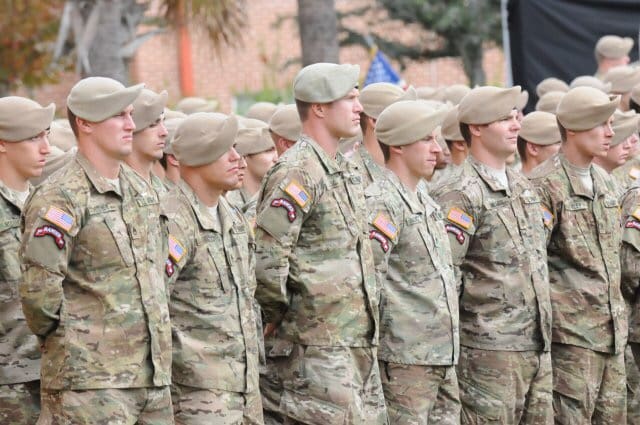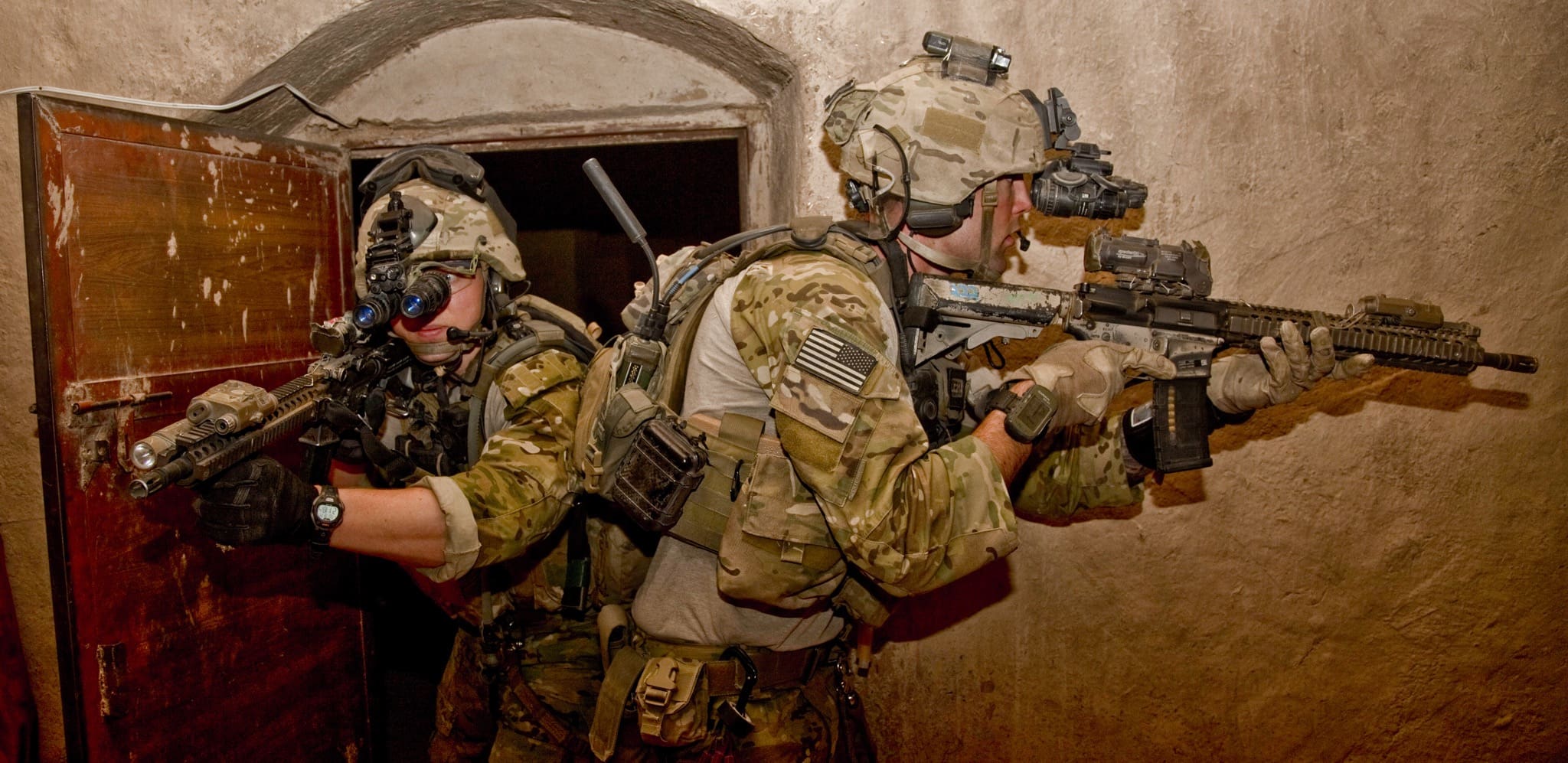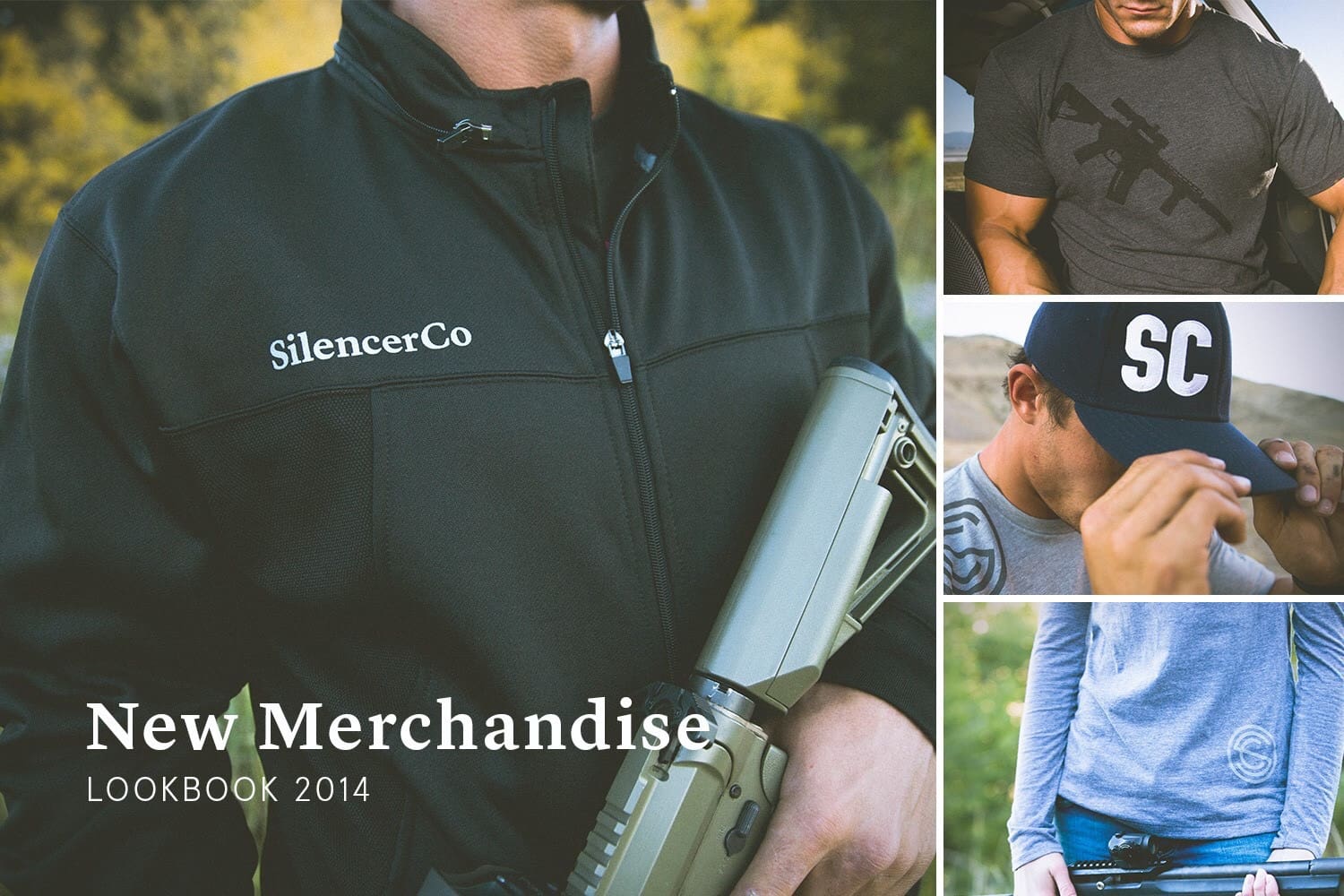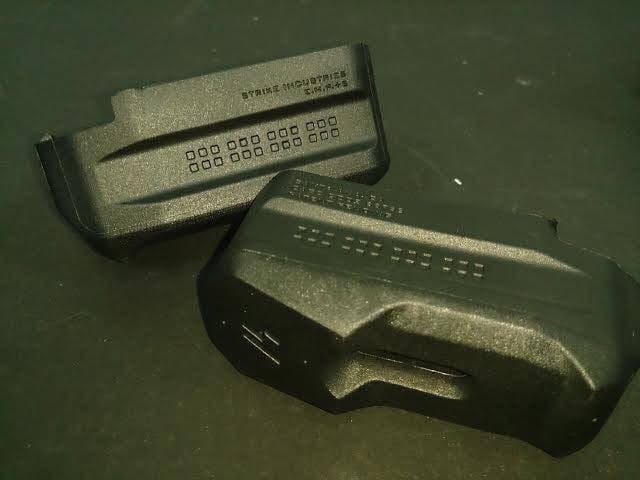This Air Force News Service story offers a good update on the Tactical Air Control Party – Modernization effort.
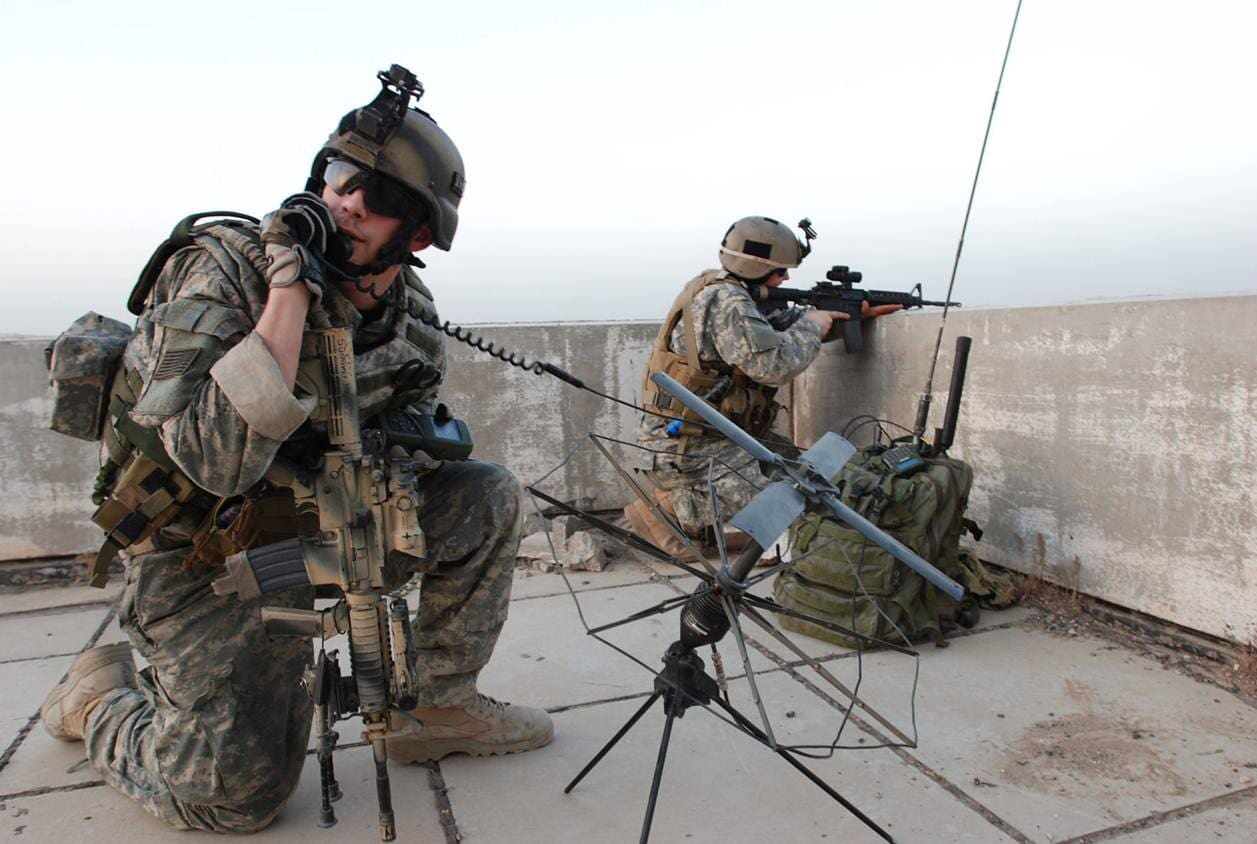
(Photo: Tactical air control party specialists with the 169th Air Support Operations Squadron survey an enemy-controlled landing zone before calling in close-air support Aug. 14, 2014, at Operation Northern Strike in Grayling Air Gunnery Range, Grayling, Mich. Northern Strike was a 3-week exercise that demonstrated the combined power of joint and multinational air and ground forces. TACPs with the Air National Guard’s 169th ASOS from Peoria, Ill., and more than 5,000 other armed forces members from 12 states and two coalition nations participated in the combat training. SSgt Lealan Buehrer, Air National Guard)
HANSCOM AIR FORCE BASE, Mass. (AFNS) — Embedded deep within an Army maneuver unit lies an Airman. Charged with orchestrating critical close-air support, it’s often the effort of this combat maestro that means the difference between life and death on the battlefield – this specialist is known as a tactical air control party, or TACP for short.
However, the success of close air support doesn’t depend on these Airmen alone, but also the equipment and communication tools they use.
TACP-Modernization, an Air Force Life Cycle Management Center-owned program, is the driving force responsible for acquiring and equipping battlefield Airmen with such tools. This technology has the capability to interface with ground forces, CAS aircraft, UHF satellites, remotely piloted aircraft and command and control intelligence, surveillance and reconnaissance platforms.
To meet the needs of a modern day ground and cyber battlefield, the 46-member TACP-M team focuses on reducing reliance on voice transmission and replacing analog equipment with the latest data link and streaming video technology. They do this by addressing three main areas — mounted, dismounted equipment and communication software.
Mounted and mobile
“Mounted mobile communication is a top requirements priority for us,” said Rob Bubello, the Battlespace Communications Branch chief and TACP-M program manager.
TACPs, who advise ground commanders on employing airpower and control aircraft to put bombs on target, utilize two different types of mounted equipment: fixed and mobile.
The mounted, fixed element integrates computer and communications equipment into re-locatable vehicle, rack or transit case-mounted systems for use in tactical operation centers and air support operation centers. This includes the Humvee-mounted ASOC Gateway, Gateway Lite, as well as Dismounted Communication Packages known as DCPs.
Today, TACP-M’s sights are set on producing the next generation of on-the-move technology — Mobile Communication Systems or MCSs.
“The MCS offers a much more robust C2 capability since it provides four channels of voice or data as well as video streaming,” said Maj. Jason Huff, MCS program manager. “In addition, the system is tailored to the vehicle and allows for more room within, which provides easy access to the equipment and more importantly, it offers easier egress access allowing members to exit the vehicle in an emergency.”
The mounted, mobile element, which is very similar to its fixed counterpart, integrates hardware into mobile tactical vehicles employed by the Army and provides on-the-move voice and data capabilities. To date, the program office has fielded 45 communication pallets, which are integrated onto Stryker vehicles that operate within the U.S.’s area of responsibility.
“Another large requirement for us includes DCPs,” Bubello said. “It’s essentially a docking kit, which allows you to combine your existing equipment.”
DCPs, considered part of the mounted equipment component, are comprised of existing hardware such as computers, keypad displays, headsets and antennas. Those items are then coupled with equipment found in air support and tactical operation centers.
Since 2007, TACP-M has managed to acquire and equip 224 Humvees and 45 Strykers with TACP communication systems and plans on integrating 400 more systems into vehicles over the next five to 10 years. They have also fielded 17 operation center Gateways, four Gateway Lights and procured 144 DCPs to date.
Essentially, all these components help modernize digital voice and data communications, allowing for machine-to-machine interface and ultimately reducing what is commonly known to warfighters as “the kill chain.”
Dismounted operations
However, it isn’t solely mounted equipment that TACPs use in the field; therefore, the program team also focuses on acquiring state-of-the-art dismounted technology as well.
For example, multiband man-pack radios began fielding in late 2010, followed by small wearable computers in 2011. Within the same year, pocket laser range finders, handheld laser markers and mini thermal monoculars also entered field testing. Later in 2013, equipment such as full motion video receivers and TOC light/heavy computers found their way onto the battlefield.
Master Sgt. Jeff Kennedy, a battlefield Airman who’s currently assigned to the Hanscom AFB program office, is one of approximately 2,000 TACPs in the Air Force; he and others like him know all too well the importance of having the latest technology.
“It is crucial to have the most up-to-date tools,” said Kennedy, looking back on a recent tour in Afghanistan. “Being able to quickly and efficiently communicate out there is a life or death situation.”
According to the TACP, it’s not only the efficiency of the equipment that has an impact, but also the size and weight. “We have a saying … things should be smaller, lighter, faster,” Kennedy said. “Ounces equal pounds, pounds equal pain. It’s something the program team takes into consideration when procuring new equipment.”
With this in mind, TACP-M moves toward acquiring more efficient pieces of dismounted equipment.
To instance, the team recently introduced 202 additional Soldier ISR Receivers, or SIRs, that will help bring full motion video capability to dismounted TACPs like Kennedy.
In addition, small wearable computers are being replaced by TACP computer kits, which are comprised of an integrated computer, vest and cable systems.
“We’re building cheaper, more specialized kits,” Bubello said. “In this case, a larger, ruggedized, tactical body-worn computer system with simpler message-focused software is the direction we’re headed. It will ultimately provide the operator the means to accomplish their task at a much faster and efficient pace.”
Staying connected
The final piece of the puzzle, and the team’s third area of focus, is close air support system software, commonly referred to as CASS.
The purpose of CASS is simple – to develop and sustain a common software application, one that establishes a baseline across all TACP systems.
“What’s the point of having high-tech gear if we have outdated software?” Kennedy said.
The Air Force currently uses CASS version 1.4.4, but Rockwell Collins, acting on a recently awarded contract will produce version 1.4.5 by October. It was a selection that led to a 60 percent savings for the service from the previous contract.
With CASS playing a substantial role in TACP-Modernization, the Air Force is optimistic that the new version will be fielded in fiscal year 2015.
So what’s to be expected? A software version that improves TACP mission effectiveness via Human Machine Interface, data that can be exchanged between dissimilar air and ground platforms and a dismounted simplified interface environment for battlefield Airmen. The 1.4.5 version will also focus on software applications for the dismounted operator as well as a more complex scale software capability found in air operation centers.
On the ground, TACPs are a safety net for Soldiers, their frontline mission is essential. Through the use of CASS, mounted and dismounted equipment, TACP-M ties it all together by balancing the operators’ present day needs with tomorrow’s modernization.




